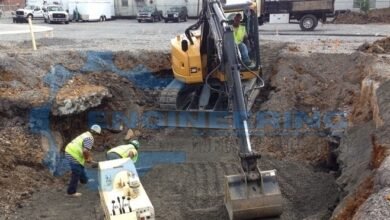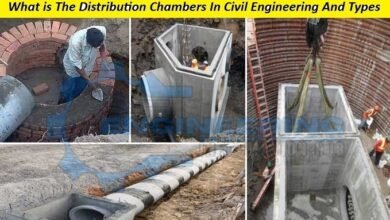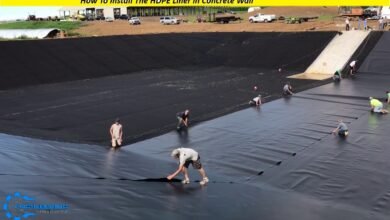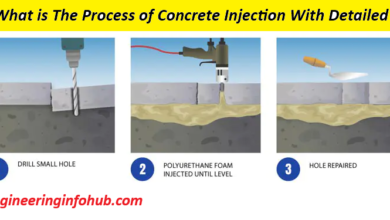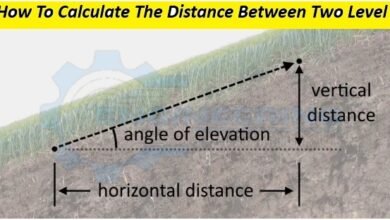The Strength And The Versatility of Stone Columns In Civil Engineering
Versatility of Stone Columns In Civil Engineering |Types of Stone Column |Advantages of Stone Columns| Challenges And Considerations

The Strength And The Versatility of Stone Columns In Civil Engineering
Introduction of Stone Columns In Civil Engineering
In the realm of civil engineering, where the quest for innovative and robust solutions never ceases, stone columns stand as a timeless testament to human ingenuity. These structures, formed by compacting and reinforcing soil with stone aggregate, have proven indispensable in a variety of construction projects worldwide. This article embarks on a journey to explore the multifaceted aspects of stone columns, elucidating their unique characteristics, applications, construction methods, and underlying engineering principles. The Strength And Versatility of Stone Columns In Civil Engineering. Versatility of Stone Columns In Civil Engineering |Types of Stone Column |Advantages of Stone Columns| Challenges And Considerations
Understanding Stone Columns
Stone columns, also known as granular piles or aggregate piers, are elements constructed within the ground to improve their load-bearing capacity, mitigate settlement, and enhance stability. They comprise a combination of crushed stones or gravels compacted into vertical or inclined columns within the soil mass. The process of installation typically involves drilling or vibro-replacement techniques, followed by the insertion of stone aggregates and compaction through various methods such as vibration, jetting, or pressing.
Types of Stone Columns
Some different types of columns are mentioned below.
-
What Is The Basic Top Ten Rules For The Column Design
-
Calculate The Formwork For Columns Beam Girder And Slab
-
Basic Principles Of Pile And Classifications Of The Pile Foundations
Vibro Stone Columns
This method involves the use of a vibrator to sink the stone aggregate into the soil while simultaneously compacting it. It is a popular technique due to its efficiency and cost-effectiveness, making it suitable for a wide range of soil conditions.

Dry Bottom Feed Stone Columns
In this method, stone aggregates are poured into pre-drilled holes, ensuring that the soil is not disturbed during the installation process. It offers advantages in areas with sensitive environmental conditions or where groundwater control is essential.

Wet Top Feed Stone Columns
Unlike dry bottom feed columns, this technique involves filling the holes with stone aggregates from the bottom while simultaneously pumping water or slurry from the top. It facilitates better compaction and settlement control, particularly in cohesive soils.

Applications of Stone Columns
Embankment and Road Construction
In transportation infrastructure projects, stone columns play a crucial role in stabilizing embankments, highway ramps, and bridge approaches. They provide lateral support, reduce settlement, and improve overall performance, thereby enhancing safety and longevity.
Liquefaction Mitigation
In seismically active regions prone to liquefaction, where soil loses its strength due to cyclic loading during earthquakes, stone columns serve as a reliable solution to mitigate liquefaction-induced hazards. By densifying and reinforcing the soil, they increase its resistance to liquefaction and improve the seismic performance of structures.
Advantages of Stone Columns
Cost-Effectiveness
Stone columns offer a cost-effective alternative to traditional ground improvement methods such as deep foundation systems or soil replacement. Their installation requires minimal equipment and labor, resulting in significant savings in both time and expenses.
Versatility
One of the defining characteristics of stone columns is their versatility, as they can be tailored to suit various soil conditions and project requirements. Whether dealing with loose sands, cohesive clays, or mixed soils, stone columns can be designed and implemented to deliver optimal performance.
Environmental Sustainability
Compared to conventional ground improvement techniques that may involve soil excavation or chemical stabilization, stone columns offer a more environmentally friendly solution. They minimize soil disturbance, require fewer natural resources, and have a minimal carbon footprint, aligning with sustainable construction practices.
Challenges And Considerations
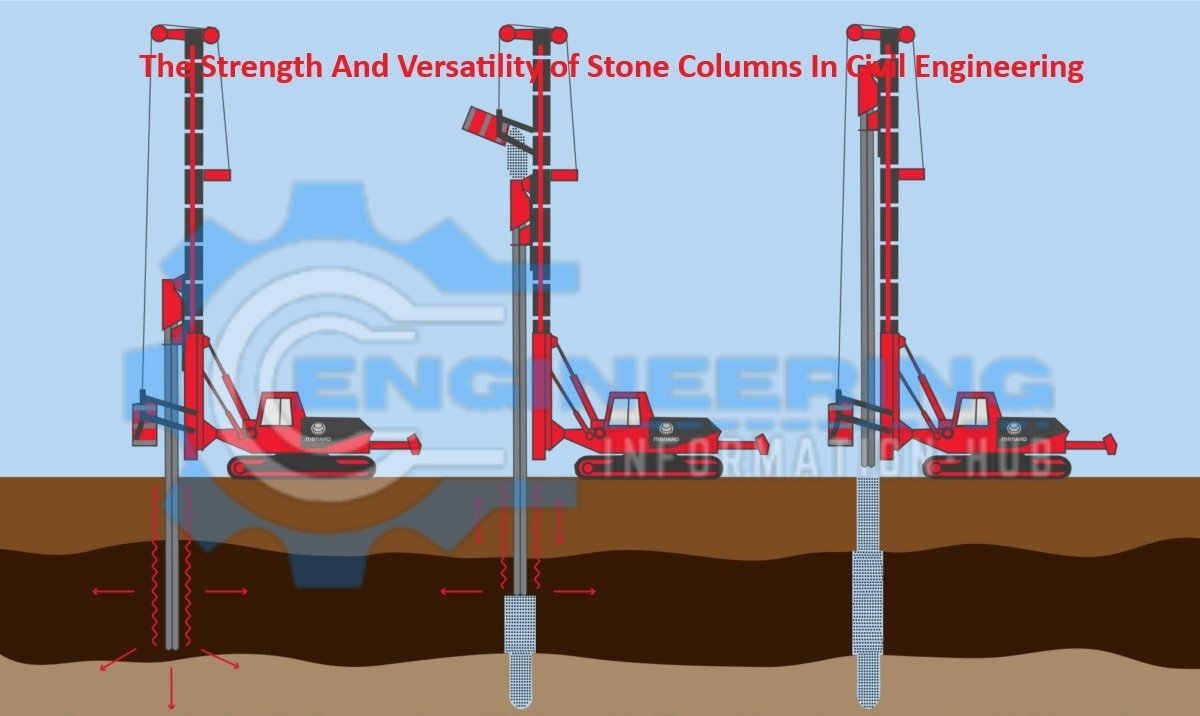
Site-Specific Conditions
The effectiveness of stone columns is heavily influenced by site-specific factors such as soil type, groundwater conditions, and load requirements. Conducting thorough site investigations and geotechnical analyses is essential to ensure proper design and implementation.
Quality Control
Maintaining quality control throughout the installation process is paramount to the performance and longevity of stone columns. Adequate monitoring and testing protocols should be in place to verify compaction levels, stone gradation, and overall compliance with design specifications.
Long-Term Performance
While stone columns have demonstrated their efficacy in numerous projects, their long-term performance can be influenced by factors such as aging, environmental effects, and changes in loading conditions. Regular inspections and monitoring are essential to assess their ongoing stability and address any maintenance requirements promptly.
In the realm of civil engineering, where the pursuit of innovative solutions meets the demands of ever-evolving challenges, stone columns emerge as stalwart allies in the quest for stability, resilience, and sustainability. Their remarkable versatility, coupled with cost-effectiveness and environmental friendliness, has cemented their status as indispensable tools in ground improvement and foundation engineering.
Related post
-
Introduction Of Thumb Rule And Thumb Rule For The Column Steel Structure And Beam
-
What Is The Principles of Design of Seismic Resistant Buildings
-
Column And Types of Column In Building Construction With Detail


